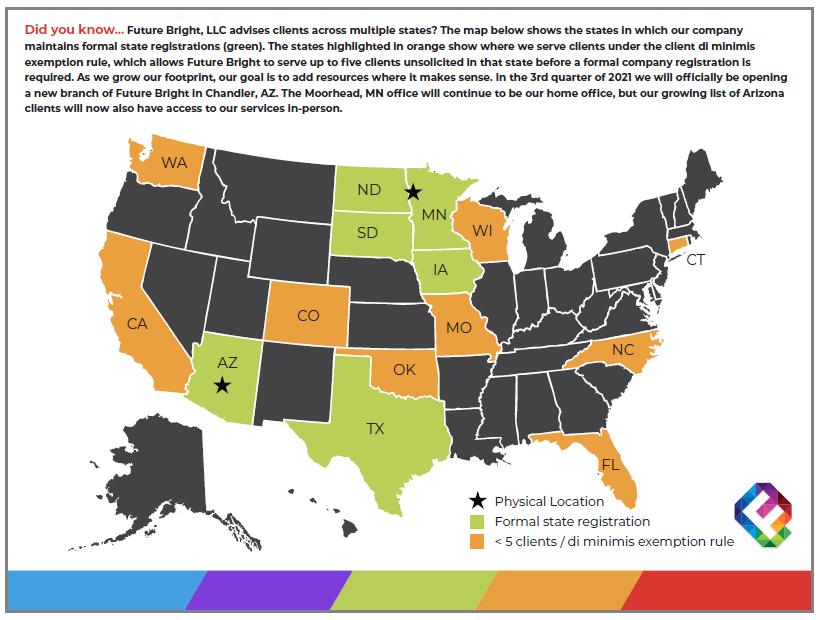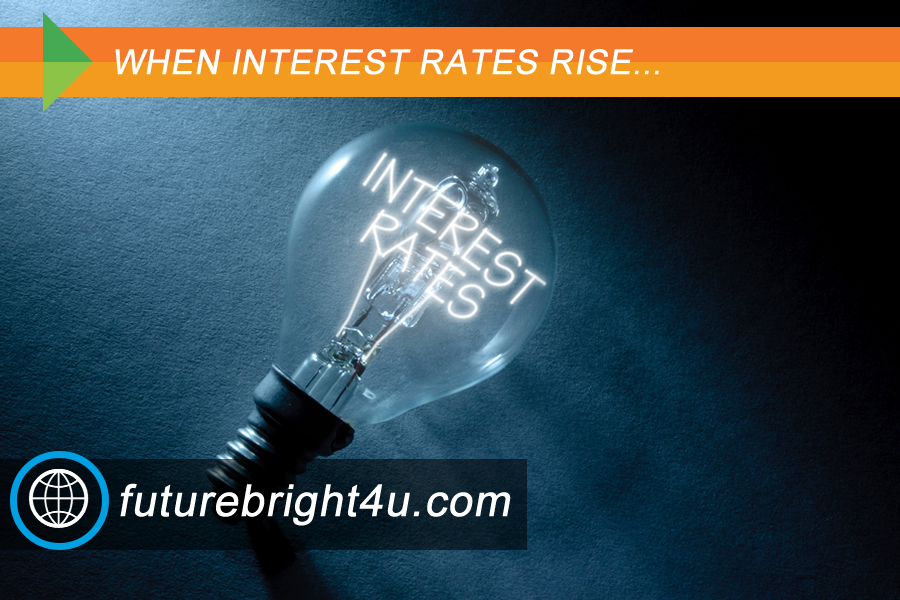Q1 2022 Commentary…
Happy New Year! It’s only fitting that our quarterly newsletter would be affected by supply chain issues. If you didn’t notice the difference, we can only credit the capabilities of today’s laser printer technology. Unfortunately, ordering official letterhead in late November did not allow for a lengthy enough window to receive a fresh stock by January 1.
2021 was a strange year in so many respects. Here’s a reminder of some oddities we experienced…
• American workers were incentivized to not return to work
• COVID variants ran amok
• Inflation reached its highest level in 40 years (CNBC.com)
• 2/3 of stocks that make up the S&P 500 Index hit 52-week lows while the S&P 500 index set all-time highs (Leon Tuey, Financial Post)
• 93% of companies on the S&P 500 saw their shares slide 10 percent or more at some point in 2021 (Taylor Telford/Rachel Siegel – Washington Post 12/31/21)
• Crude oil prices roared back into the mid-80’s in October due to reduced supply (Yahoo Finance – historical prices)
• Krispy Kreme became publicly traded again (let’s call this one a blessing and a curse)
• Dogecoin advanced 3,400%, and most people don’t even know what it is













